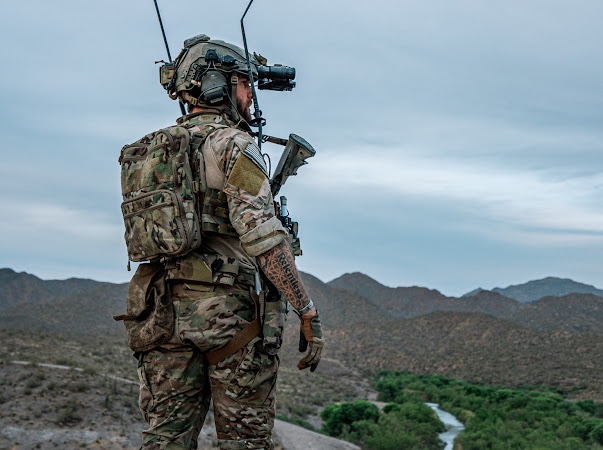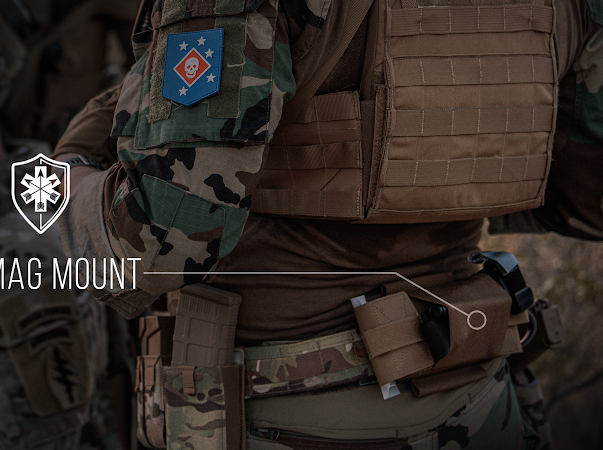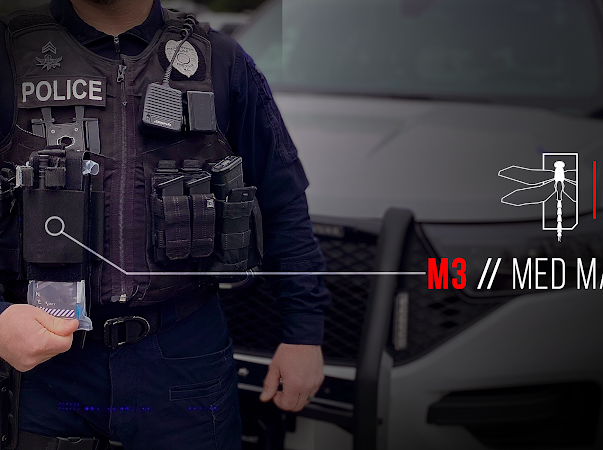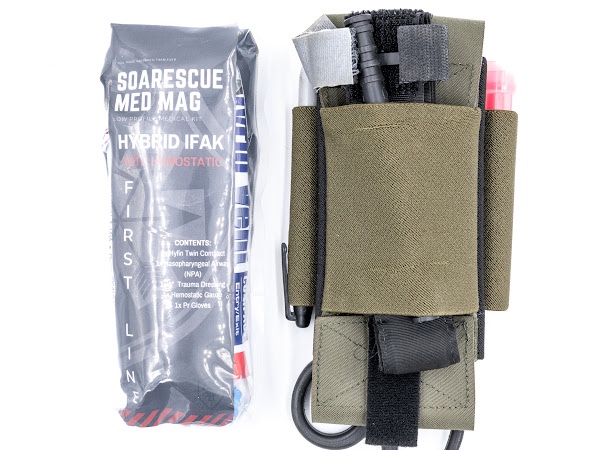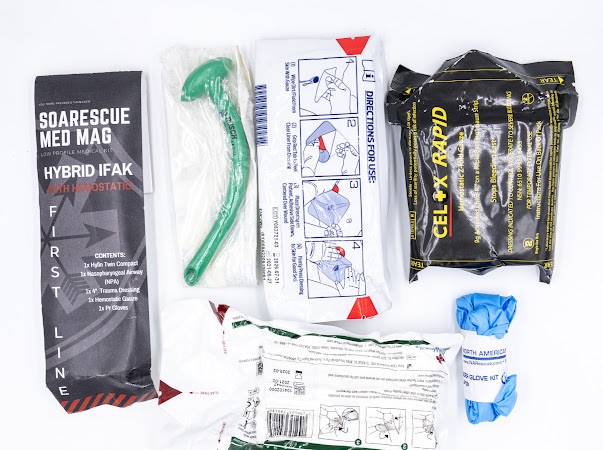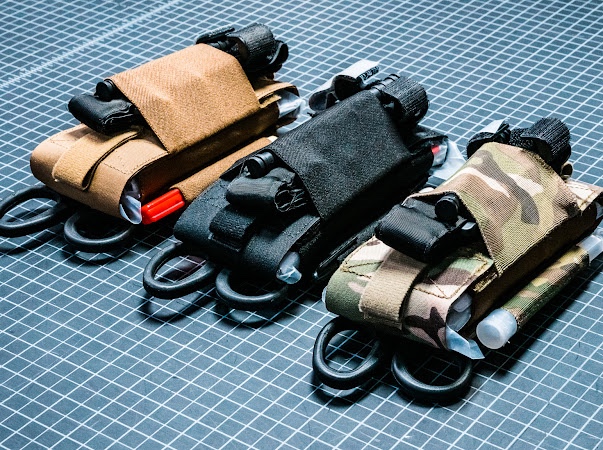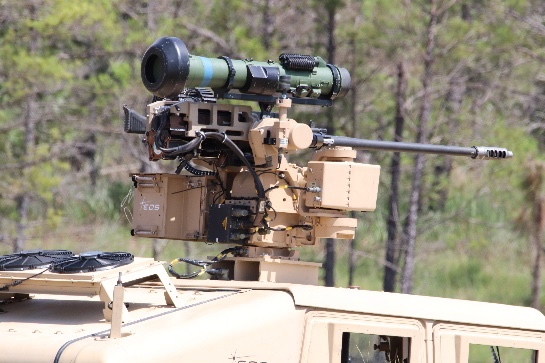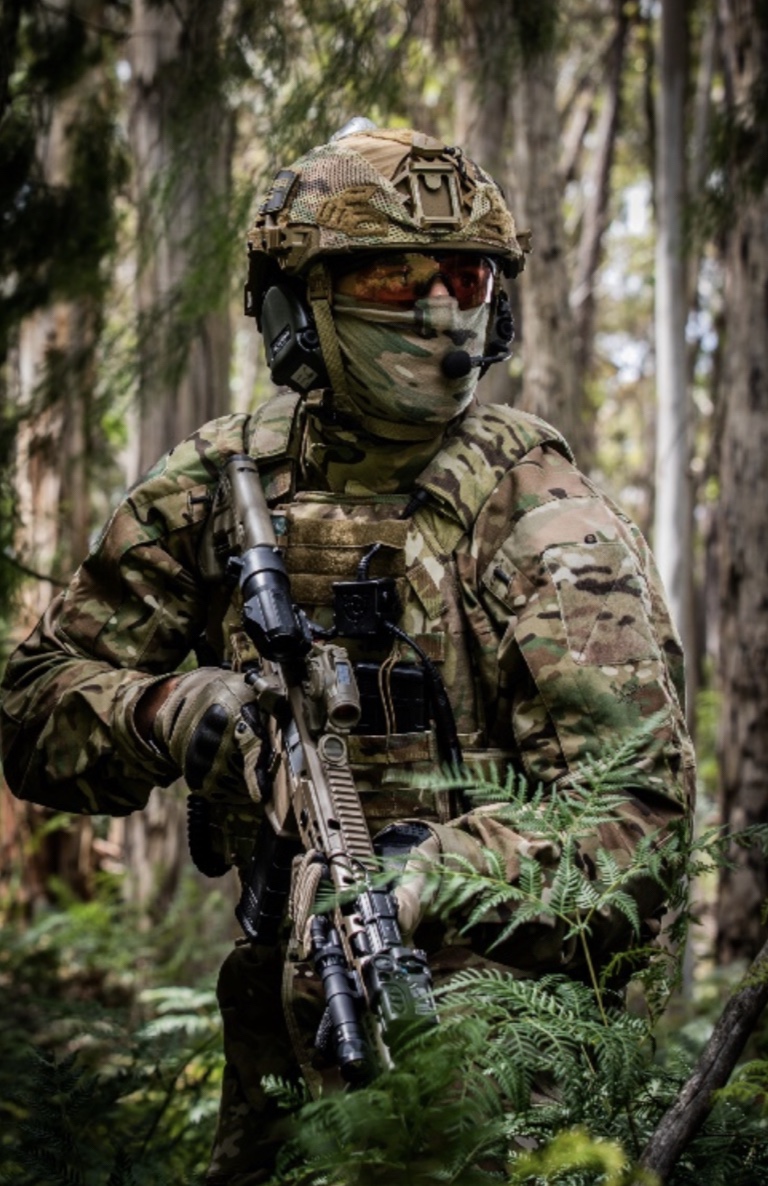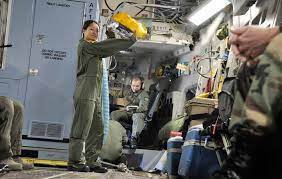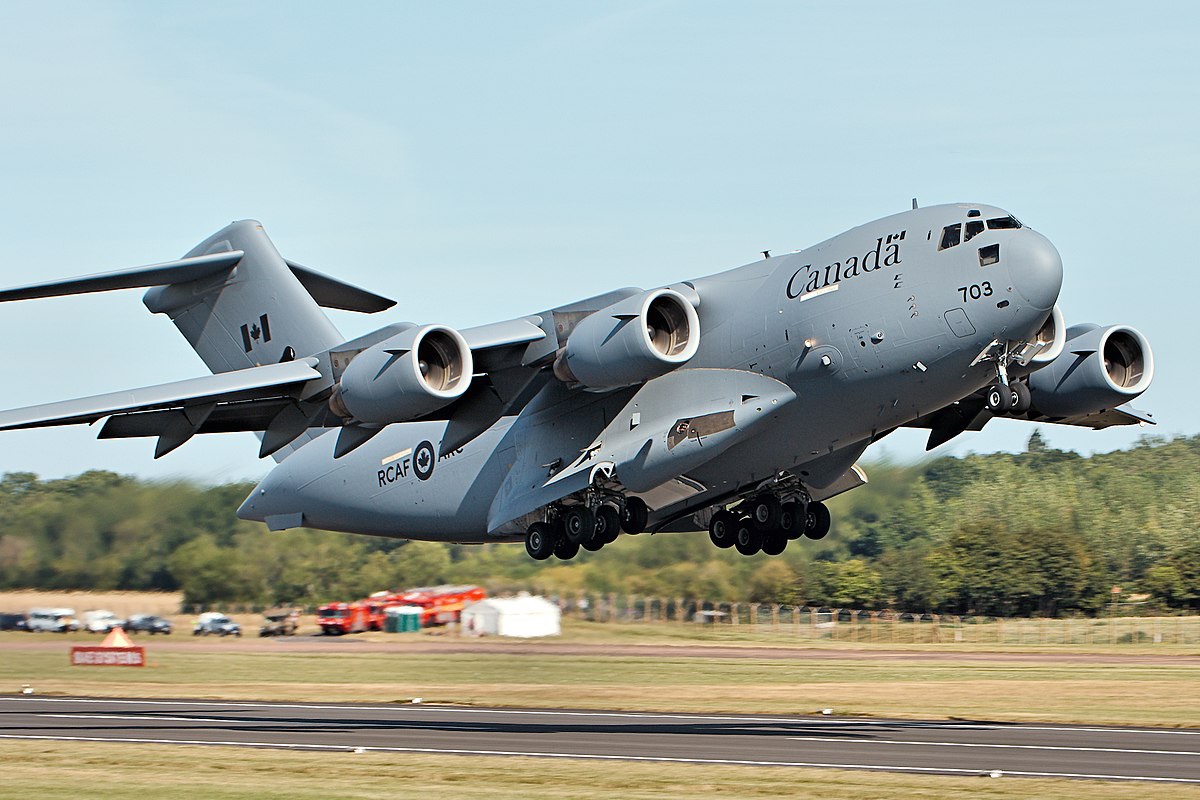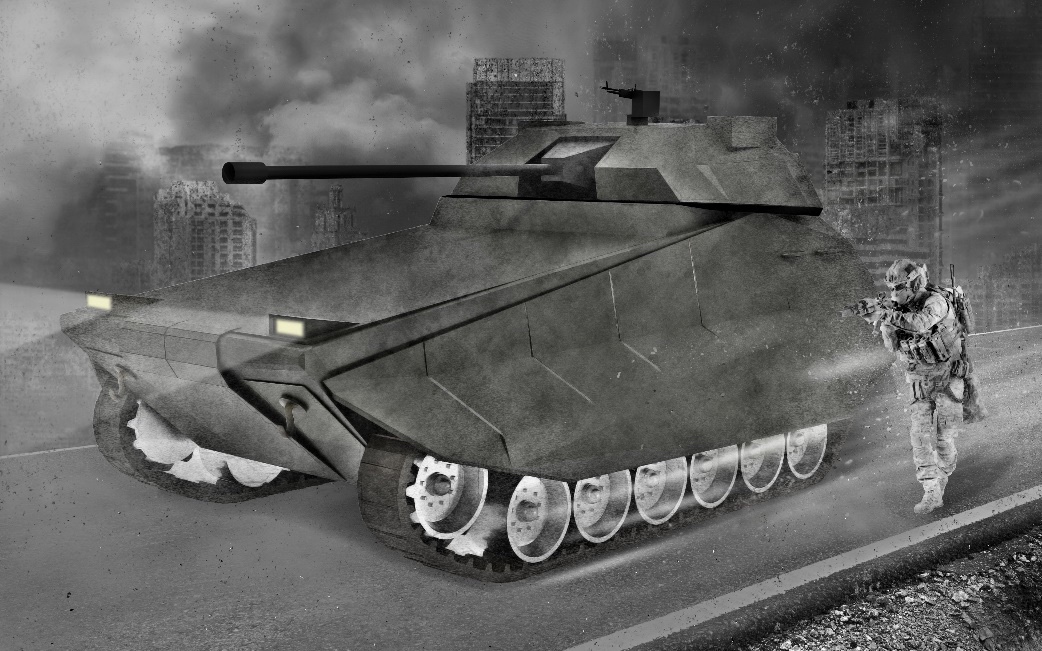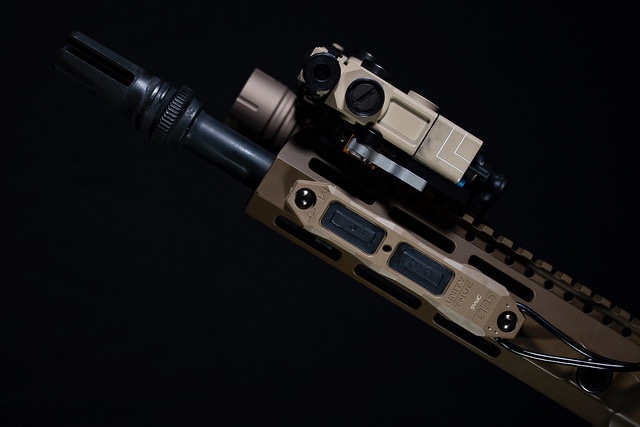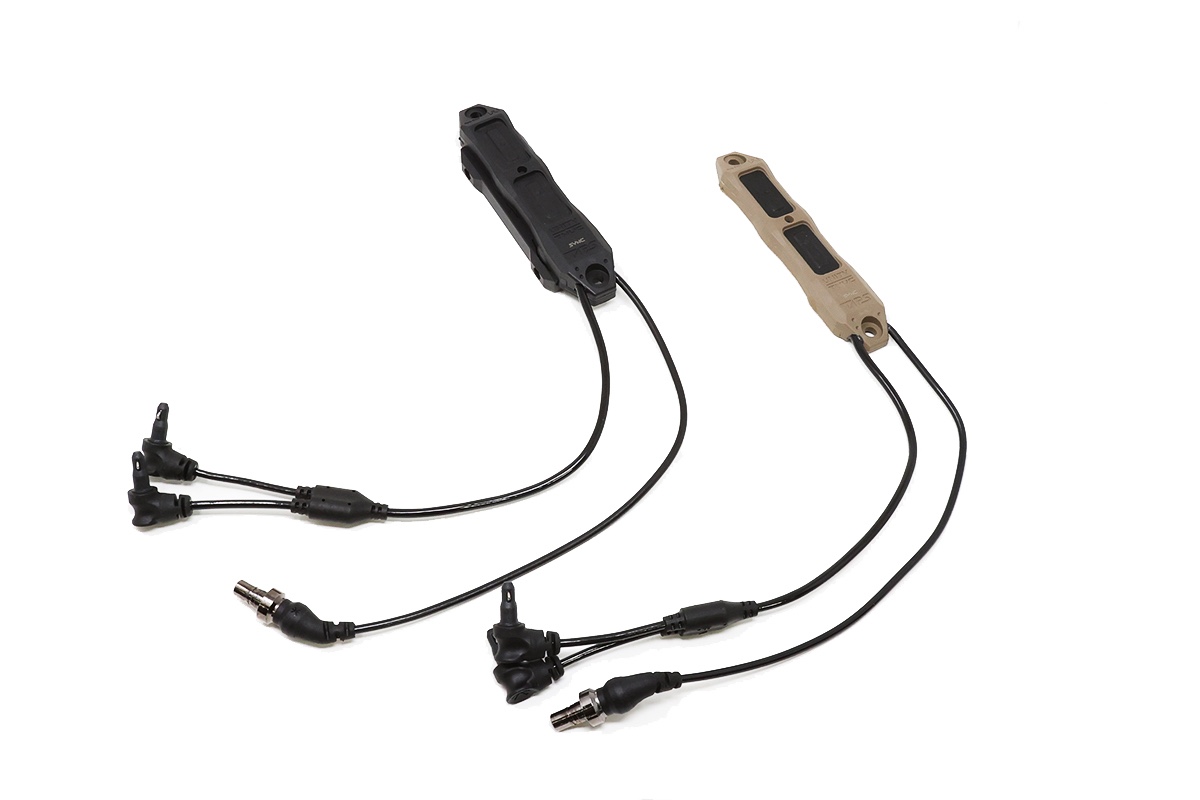Irvine, Calif. (July 27, 2021) – 5.11, Inc., the global innovator of purpose-built apparel, footwear and gear, today announced the release of several exciting new products that expand the brand’s offering for outdoor adventurers, public safety professionals and tactical enthusiasts alike. The newly released items are available online and in-stores now.
“To live our mantra of Always Be Ready®, we must continually work to enhance and expand the gear we offer our customers,” said 5.11’s Vice President of Global Product, Matt Page. “The products being introduced this summer were developed with that in mind. Whether its updates to previous lines or the addition of all-new categories, we are excited to bring each one of these items to market.”
5.11’s well-known line of Norris Sneakers is expanding in the summer of 2021 with a Low-Top Norris Sneaker ($100) arriving in August. The same functionality and durability of the original High-Top Norris Sneaker will be available in 2 new colors including black/gum and dark coyote. The High-Top Norris is also getting an update this season with new colorways – coyote, storm, multicam, dark navy, black/woodlands camo, and black/white ($110).

The A/T Series™ Footwear line, an enhanced and expanded offering our A.T.L.A.S™ technology, All Terrain Load Assistance System collection, offers durable and highly technical support for all day performance and comfort.
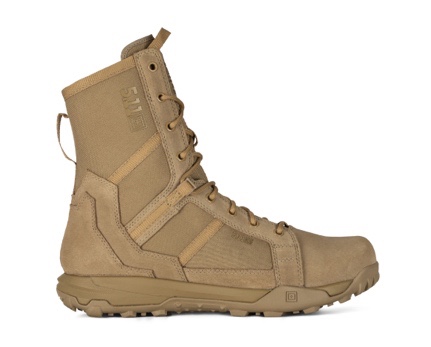
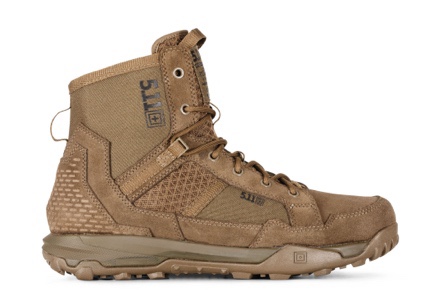
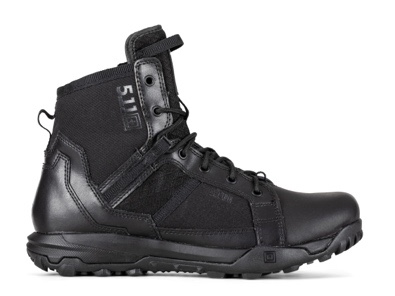
5.11® A/T™ Footwear Collection
The A/T Arid ($160) offers the full benefits of A.T.L.A.S.™ technology along with a locking ankle eyelet that prevents sand, dirt and other debris from entering the boot. The A/T 6 and 6 side zip ($155) also offer all of the full benefits of the A.T.L.A.S™ technology in a 6-inch height. Additionally, the A/T Trainer line ($130) is now being offered with the signature A.T.L.A.S™ plate for added stability as well as an expanded color offering of Cinder and Turbulence.
A whole new category of innovative training gear was introduced by 5.11® earlier this year with the Physical Training-Ready (PT-R) Line. A key new addition to that line this summer is the TacTec® Trainer Weight Vest ($130.00). Specially designed to intensify workouts, it’s a low profile, lightweight and comfortable vest that features breathable mesh body pads, adjustable stretch cummerbunds, front/rear MOLLE and is compatible with Rogue® weight vest plates. The TacTec® Weight Plate Sandbag ($50.00) offers an alternative to weighted plates as a heavy-duty and adjustable bag that can be filled with sand or other weighted materials and secured in the vest. After many years of request from our end users, 5.11® is delivering its first ever Weight Vest Plate designed specifically for fitness use. The plates are built with a low-profile, ergonomic compound curvature sculptured design in powder coated steel to provide users with ultimate comfort. Available in 2-plate sets at 5.75-pound ($70.00) or 8.75-pound ($75.00) options, the plates also have lashing points and openings that service as easy to grab handles. All 5.11® weight vests and plate carriers are compatible with these products.
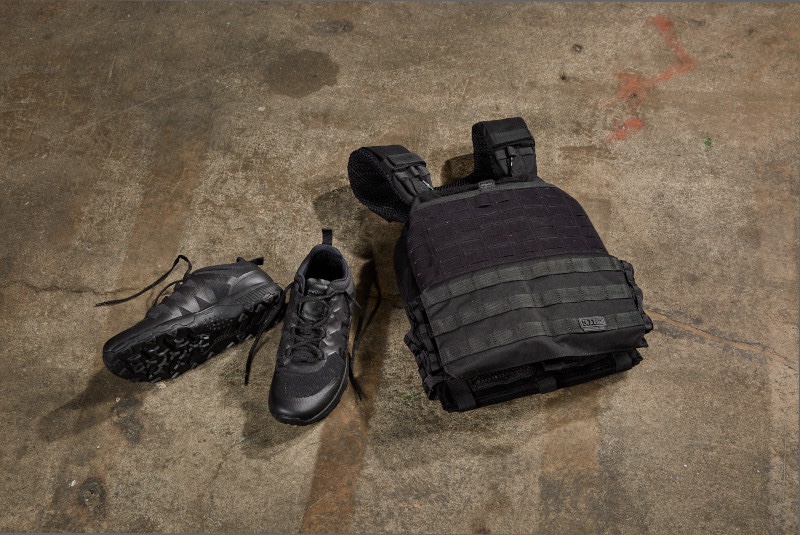
A/T Trainer and TacTec® Trainer Weight Vest
To complement its extensive line of load bearing packs and vests, this summer, 5.11® has introduced a wide range of hydrations systems and accessory pouches to allow users to customize gear loads and features to meet specific needs.
The brand partnered with Hydrapak® to produce an ultra-durable, 3-liter hydration system with a fixed center baffle for a slim profile with the new WTS 3L Hydration System ($45.00). The system works in conjunction with 5.11’s packs and the new Convertible Hydration Carrier. The Convertible Hydration Carrier ($50.00) converts from a backpack to a MOLLE pouch via the included uniloops or RUSH® Tier System.
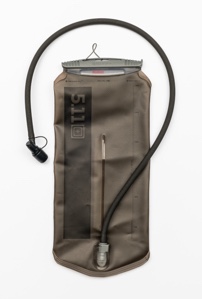
5.11® Hydration System
The new Flex TacMed Pouch ($45.00) allows users to neatly organize and carry medical supplies along with extra magazines by offering both a TacMed supply compartment and a dual AR-Mag compartment. This versatile pouch offers quick access with a pull drop-front opening and clear organization with a bungee compression lashing system, elastic band and slip pockets, compression straps and a front laser-cut platform for adding additional accessories or patches. A Flex Tourniquet Pouch ($30.00) securely fits one tourniquet with elastic compression and internal reinforcement webbing along with durable 500D-nylon construction. The FLEX-HT™ Mounting System and hook/loop straps allow for vertical or horizontal orientation while a pull-out hook/loop flap makes attachment to a plate carrier simple. The Flex Flashlight Pouch ($20.00) offers easy, convenient and durable functionality with a Hypalon pull-tab for quick opening, 500D-nylon construction, internal webbing reinforcement and elastic compression webbing.
Designed as an inner/outer belt system, the Maverick Battle Belt ($140.00) belt features an ergonomic curve and Austri Alpin COBRA® buckle. A loop faced inner belt connects quickly to the laser-cut MOLLE outer belt featuring 5.11’s proprietary TAC-LAM™ high-strength laminate on top of a dual nylon webbing.
Customers looking for everyday carry tools will be happy to see many new items that are keychain or micro hardpoint carabiner compatible. The EDT Hex comes with four tip fastening options including Phillips and slotted screwdriver tips along with T6 and T8 Torx heads ($15.00). The EDT Pry features a pry tip that doubles as a flat-head screwdriver, a ¼-inch driver that works with standard hex bits, as well as a bottle opener ($13.00). The EDT Rescue includes a carbide tip that can shatter tempered automotive glass, a web cutter that makes quick work of a stuck seat belt, and an oxygen key ($13.00).
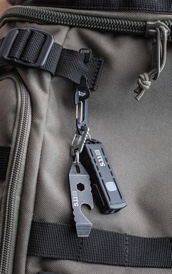
5.11® EDC K-USB Flashlight and EDT Pry
When it comes to EDC, knives embody “everyday” more than any other tool. The minimalist Base 1SF knife is a quick-access keychain edged tool. It features a 1.5-inch sheepsfoot blade constructed from 8CR13MOV stainless steel. With a one-handed thumb stud opening and frame lock, it can handle everyday tasks directly from your pocket. Measuring less than 4 inches when opened, it folds down to an easily carried 2.365 inches and includes a split ring and micro Hardpoint carabiner for multiple connection options ($15.00). The Icarus DP Mini ($30.00) is a manual folder knife featuring an 8CR13MOV blade and FRN scales. The perfect everyday knife designed with a 2.8” drop point blade, liner lock, and deep carry 2-point clip attachment.
The EDC K-USB Flashlight keeps 150 lumens at the ready with its dual Hi-Lo settings and keychain-carry design. With a body constructed from aerospace-grade aluminum and IP54 dust and water-resistant rating, it will withstand the daily beating of keychain carry. A battery status LED in the switch reminds users when actively recharging and fully charged using the USB-C charge port ($30.00).
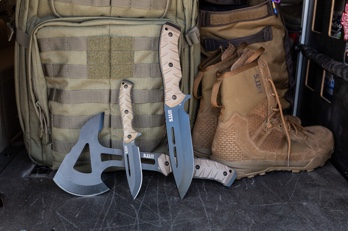
5.11® GTI Capsule
5.11® is also thrilled to announce new products in collaboration with special forces veteran and leader in the tactical cutlery industry, Justin Gingrich, who pioneered the modern tactical tomahawk and has developed some of the most sought-after tactical knife and tomahawk designs on the market.
Gingrich teamed with 5.11® to design the CFA Peacemaker with a heat-treated 4” steel blade and pick head with full-tang steel construction that’s perfect for heavy field use. Best of all, the CFA swings with the accuracy and feel of a hammer. Its skeletonized frame reduces the weight (1 lb. 12.2 oz), which helps make short work of large tasks. A textured handle with removable scales, finished with a tactical pummel tip, provides a sure grip in wet and freezing conditions and it includes a protective sheath with four position belt/MOLLE clip ($140.00).
Gingrich also led the design of the CFK 7 Peacemaker ($120.00). Thanks to the heat-treated steel blade and full-tang steel construction, the CFK 7 Peacemaker can handle tough jobs that lesser knives can’t touch. Blade perforations reduce weight to help make short work of cutting, batoning, and carving. The textured handle with removable scales, finished with a tactical pummel tip, provides a sure grip in wet and freezing conditions and it includes a protective sheath with updated two position 3-inch belt/MOLLE clips.
“The new products in 5.11’s collection this summer offer our end-users with an ultimate sense of preparedness,” said 5.11’s Chief Marketing Officer, Debra Radcliff. “Summer is about being outdoors and active – from 5.11’s loadbearing items to our footwear and EDC gear, each of these categories offer our customers the purpose-built gear they need to feel ready for the summer months ahead.”
Learn more about 5.11’s new and best-selling tactical gear and accessories at www.511tactical.com. Connect with 5.11® on Facebook, Twitter @511Tactical and on Instagram @511Tactical and #511tactical.
